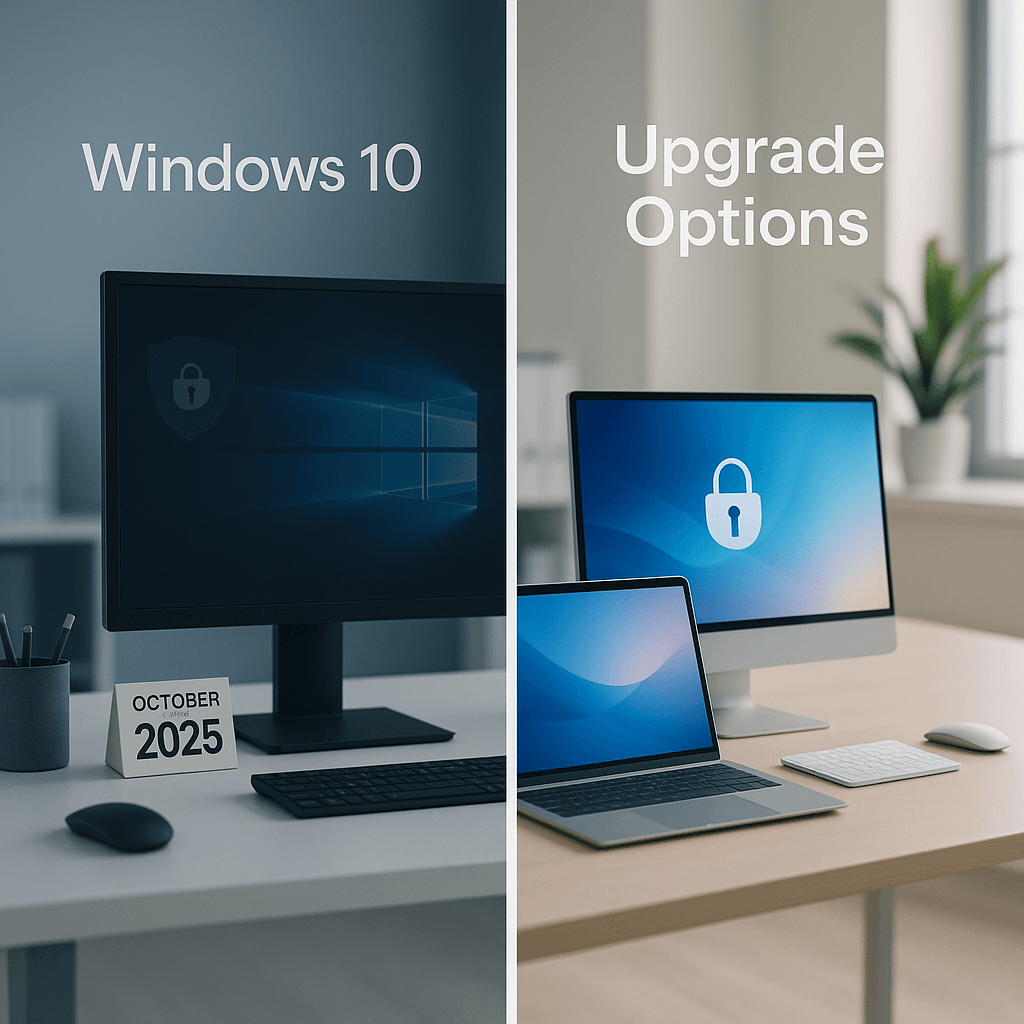Microsoft officially pulled the plug on Windows 10 support on October 14, 2025, but here's the twist - more people are still running Windows 10 than Windows 11, despite the free upgrade. This leaves millions of users facing a critical decision about their computer's security and future functionality.
The clock has officially run out for Windows 10. Microsoft ended support for its decade-old operating system on October 14, marking the beginning of what could become a massive security headache for millions of users worldwide.
The numbers tell a surprising story. Despite Windows 11 being a free upgrade, StatCounter data shows more people globally are still running Windows 10 than its newer sibling. This massive user base now faces a stark reality - they're using an operating system that will never receive another security patch.
Microsoft's message is clear but blunt: upgrade to Windows 11 or buy new hardware. The company has drawn a hard line, leaving users with older machines in a digital no-man's land. But the reality on the ground is more complex than Microsoft's binary choice suggests.
The immediate impact won't be catastrophic. Windows 10 computers will keep running exactly as they did before October 14. Users won't wake up to broken systems or crashed applications. But security experts warn this calm before the storm won't last long.
"The real danger starts when the first major Windows exploit is discovered," explains cybersecurity researcher Sarah Chen. "After that, Windows 10 users become sitting ducks for ransomware attacks and other malicious activities that could have been prevented with a simple security update."
The security implications extend beyond the operating system itself. Third-party software developers typically follow Microsoft's lead, gradually dropping support for unsupported operating systems. Over time, this means Windows 10 users will find themselves locked out of new features in their favorite applications, or worse, unable to receive security updates for the tools they rely on daily.
For users whose hardware supports Windows 11, the path forward seems straightforward. The upgrade process is relatively painless - users can check compatibility through Windows Settings and initiate the free upgrade if their system meets the requirements. The process requires backing up important data, but Microsoft has streamlined the experience compared to previous Windows migrations.












